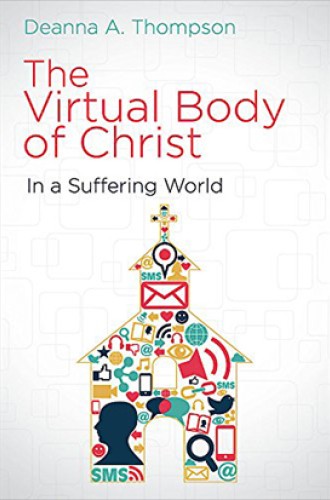The grace of real and virtual presence
Theologian Deanna Thompson used to criticize the pervasive technological creep overtaking our lives. Then she was diagnosed with cancer.
Last fall’s election was one of the most divisive in recent memory. For those of us with online lives, the difficulties of the campaign season were often compounded and exacerbated by constant and unavoidable trolling, comment wars, and anger-inducing posts from our Facebook friends. Many of us finally started to heed those hand-wringing cultural critiques of online life and social media. We began to believe that our various forms of virtual reality are dangerously individualizing and isolating, distracting us from the real things in our lives. Desperately searching for connection, we turned away from the social media practices that had shaped so many of our relationships.
Theologian Deanna A. Thompson admits that she was, long before 2016, one of those critics of the pervasive technological creep overtaking our real lives; she was, in her words, “a committed, self-righteous skeptic about the potential benefits of digital connectivity.” She didn’t even own a mobile phone.
And then, cancer. Which, surprisingly, led to her seeing the positive possibilities of our virtual worlds.






